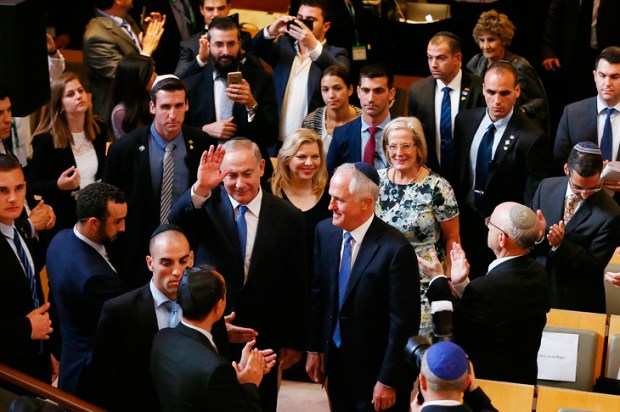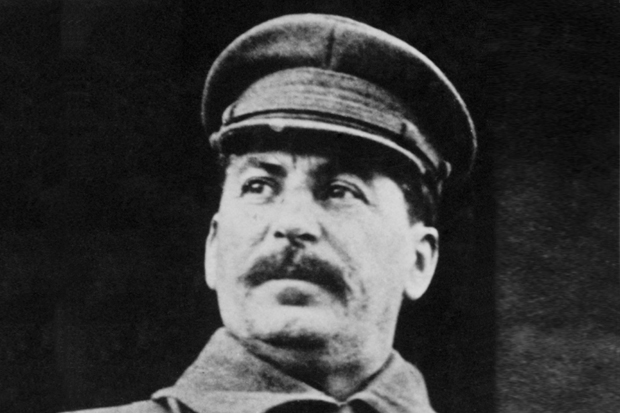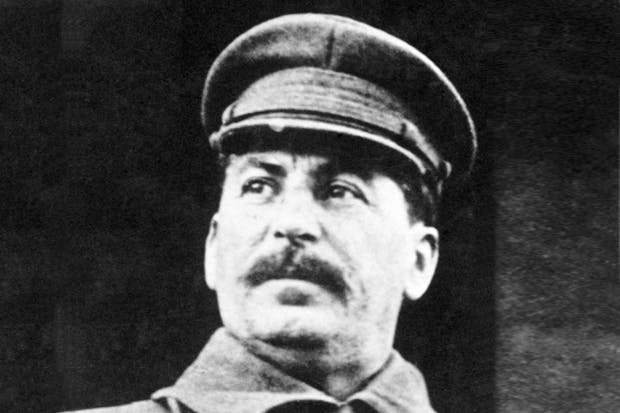The mystique of Anzac Day has always been a challenge to historians. The troops of several countries at Gallipoli fought with great courage and honour but only Australians have turned the anniversary into its national day. Not the British nor French, both of whom suffered huge casualties. Not the Indians. Not even the New Zealanders. (No one says New Zealand was born at Gallipoli.) Why is this? The Melbourne historian John Hirst has a theory that may go to the heart of the matter. In his recent Australian History in 7 Questions he argues that from its very foundation as a Western country, many Australians nursed what they saw as a secret shame. It was a convict country. The world knew it, even if it knew nothing else about Australia, and it was not slow to make plain its disdain. In 1879, when an angry, riotous crowd invaded the pitch at the Sydney Cricket Ground, the Englishman at the crease shouted ‘You convict bastards!’ One Governor of NSW imprudently referred to ‘your birth stain’ – and had to withdraw and apologise. The ‘birth stain’ was among the reasons why New Zealanders would not join the Australian Federation. Winston Churchill blamed it (‘bad stock’) for Australians’ rejection of the British ‘Beat Hitler First’ strategy. It is now a joke when the Barmy Army chants ‘You all come from a convict colony, a convict colony, a convict colony…’ But for well over a hundred years it was no joke for many Australians. It was a raw wound, and they did not know what to do about it… until 1915. The report by the English war correspondent Ellis Ashmead-Bartlett of the Australians landing at Gallipoli in the Dardanelles detonated around the country: ‘There has been no finer feat in this war’, Bartlett wrote, ‘than this sudden landing in the dark and storming the heights, above all holding on whilst the reinforcements were landing.’ As Hirst puts it: ‘Gallipoli did make the nation because it freed it from self-doubt.’ It did not matter in the end whether we were on the winning side or not. The convict stain had been washed away.
The title of the fine film Monash: The Forgotten Anzac was always misleading. When it was screened some years ago there had already been a number of biographies and a university named after him. But it is also true that, while widely honoured, even revered, and certainly not forgotten, Monash had not yet become the popular national hero he is today. One of the results of Tim Fischer’s tireless campaign (including his excellent if unhappily named book Maestro John Monash) to have Monash posthumously promoted to Field Marshall, has been to concentrate on Monash’s achievements as ‘Australia’s greatest citizen general’ and to overcome attempts by critics including Prime Minister Hughes and official historian Bean to diminish him – as a child of German Jews (and philanderer too.) Fischer’s campaign may not succeed but he has restored Monash’s fame and renewed public awareness of our great debt to him. Let the Bible have the last word. Speaking on Monash’s death in October 1931, Rabbi Cohen in Sydney quoted the Second Book of Samuel: ‘Know ye not that there is a prince and a great man fallen this day in Israel.’
When Tony Abbott made his recent announcement of the government’s new national security arrangements he stood in front of eight Australian flags. This provoked some media sneers that displaying the flag in this way is somehow vulgar, silly and cynical. This is not the view of John O’Sullivan, the new editor of Quadrant, who used the affair as the peg on which to hang his ‘inaugural lecture’ at last week’s Quadrant dinner. He called it ‘Who Now Follows the Flag?’ He raised the question: Is the flag a necessary symbol of patriotism? Is patriotism still regarded as a civic virtue? His answer is not a simple one.
The flag and culture are quarrelsome siblings. Take the Anglo-Irish relationship. (O’Sullivan’s father was one of the thousands of Irishmen who left neutral Ireland in the Second World War to join the British Army or Merchant Marine.) Many of the leaders of the movement for Irish independence after 1916 set out to break with Britain not only politically but culturally and morally. They appeared to achieve this with DeValera’s 1937 Constitution. One symbol of the break was the new flag – the substitution of the Irish tricolor for the Union Jack. But in the following decades southern Ireland became less diverse, more stagnant, more repressive than its British neighbour. Yet the culture of ordinary people, the familial ties, and the common language withstood the onslaught of ideology. Despite some enormous strains Britain and Ireland are today as culturally close as they were in 1914, perhaps closer. Culture has clearly been stronger than politics or the flag. Will something similar happen in the event of Scottish independence? It is not a closed question but in the final days of the Scottish referendum the British patriotism of ordinary Scots was able to overcome the ideology of the elites, artists, bohemians and activists. ‘When God, King and Country no longer possess the heart, other beliefs and loyalties rush in to replace them…’ When a culture decays, the flag is eventually hauled down. Yet as the Irish case shows you can change the flag without losing the culture. O’Sullivan leaves the debate about Australia’s flag to Australians. I remain a flag conservative but, whatever we do, O’Sullivan hopes we do not follow the lead of Canada, where the maple-leaf flag seems less a symbol of national loyalty than a corporate logo reducing historical patriotism to an environmentalist piety.
Got something to add? Join the discussion and comment below.
Get 10 issues for just $10
Subscribe to The Spectator Australia today for the next 10 magazine issues, plus full online access, for just $10.













Comments
Don't miss out
Join the conversation with other Spectator Australia readers. Subscribe to leave a comment.
SUBSCRIBEAlready a subscriber? Log in